Owls are awesome. Though seldom seen and often under-appreciated, these birds are some of the most interesting avian species around.
There are more than 200 species of owls in the world, divided into two families: Tytonidae, including the heart-faced barn owls, and Strigidae, which includes more typical owls.
All owls are predatory, but their prey is diverse, with some species hunting frogs, others fish, and others prey on large mammals. Some swoop down silently onto their prey, others burrow underground, and some wail and screech like a witch in the night.
Here are eleven of our favorite owl species from around the world.
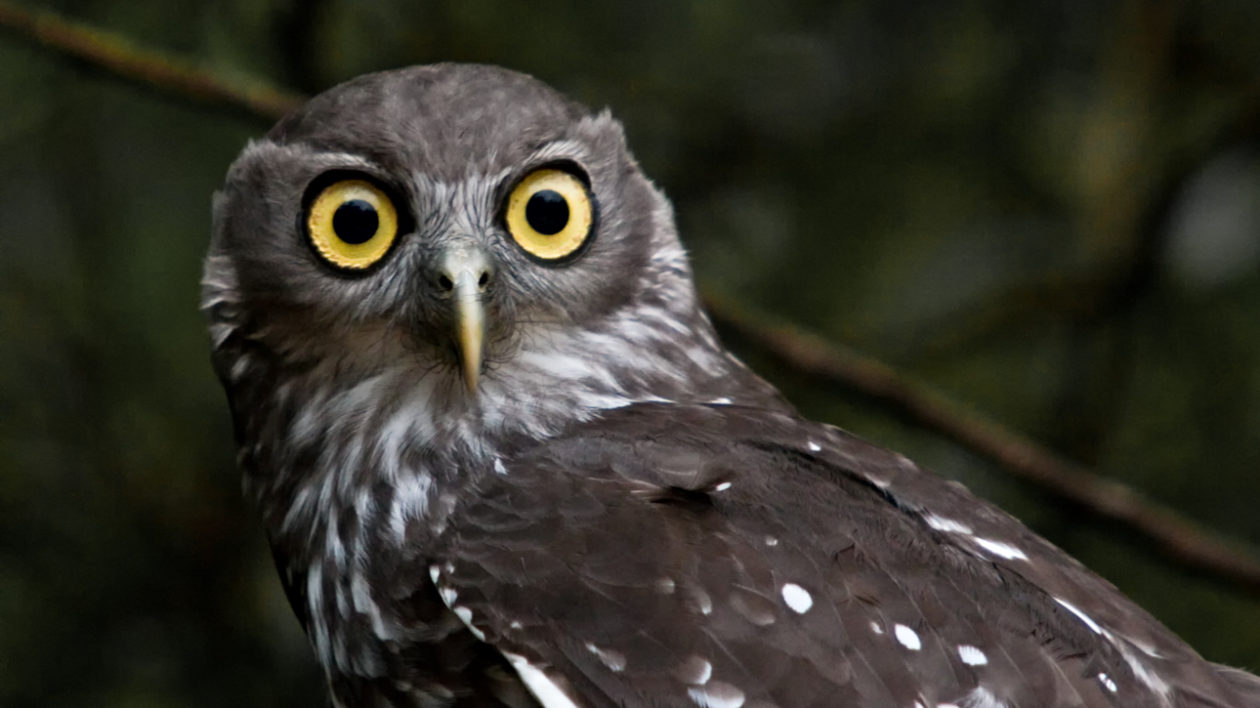
Barking owls are one of my favorite owls; not because of their appearance, but because of their unusual call… a high-pitched “Woof, woof! Woof woof!” The first time I heard one, I wondered who was letting their Pomeranian run around the campground. (You can listen to their calls on the bird song database Xeno Canto.)
Barking owls are found throughout Australia, Papua New Guinea, and Indonesia’s Molucca archipelago. They have a broad diet, feasting on everything from small mammals, like sugar gliders and bats, to birds, beetles, and moths.
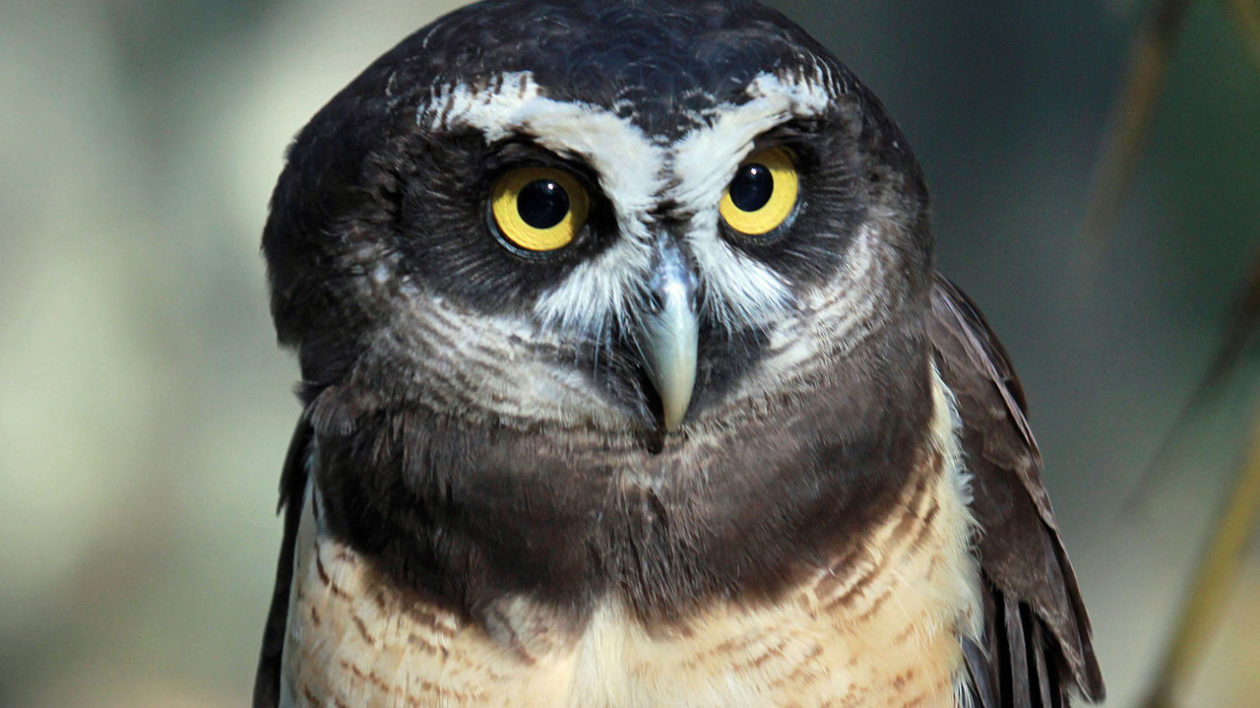
Spectacled owls are native to the American tropics, from Mexico down to Brazil. They favor old-growth rainforests, where they feed on small mammals and invertebrates. Adults have a dark, grey-brown head and neck marked with distinctive white “spectacles” around the eyes. Juveniles are even more distinctive, with fluffy, all-white heads and dark circles around the eyes.
Though not currently in danger, scientists suspect that the spectacled owl will soon experience a large population decrease as a result of deforestation and degradation across its range.
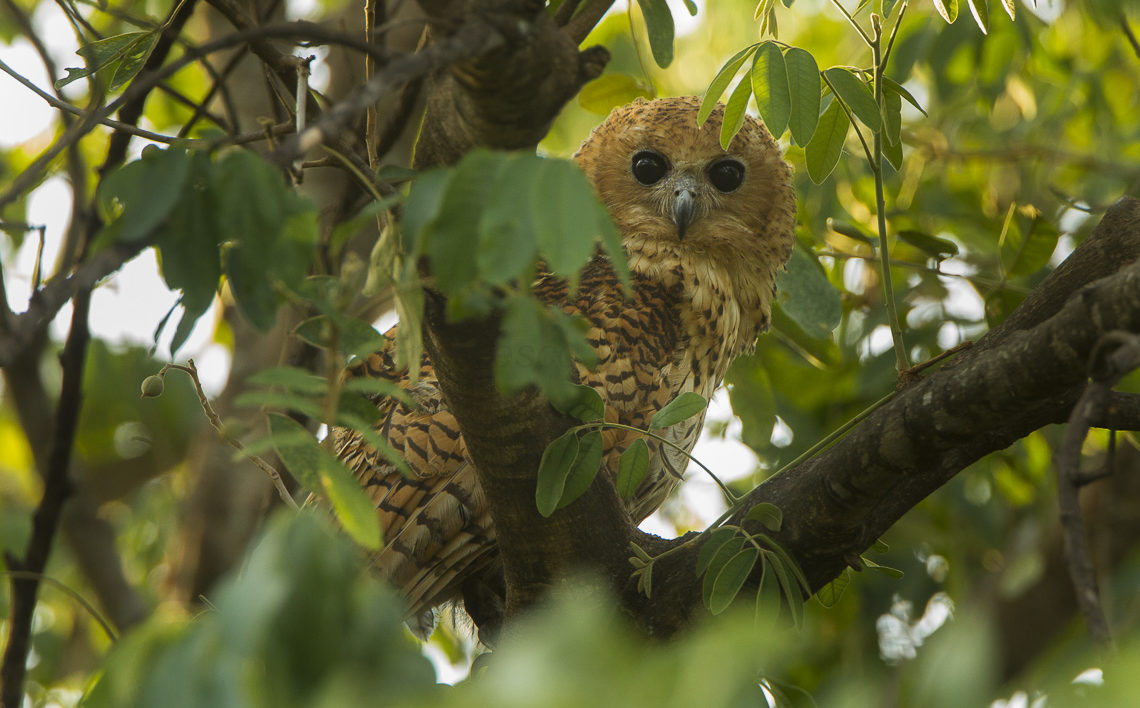
Pel’s fishing-owl, found in sub-Saharan Africa, has one of the most unusual diets of any owl. The species preys exclusively on fish and frogs snatched from the surface of lakes and slow-moving rivers. (And scientists once observed an owl catching a baby Nile crocodile!)
To aid in hunting, they have minimal feathers on their lower legs and small spikes on their footpads. These adaptations are similar to diurnal raptors, like the osprey, that feed on fish or other aquatic prey. Pel’s fishing-owl is also one of the world’s largest owl species, with a wingspan of 60 inches and a weight of up to 5.2 pounds.
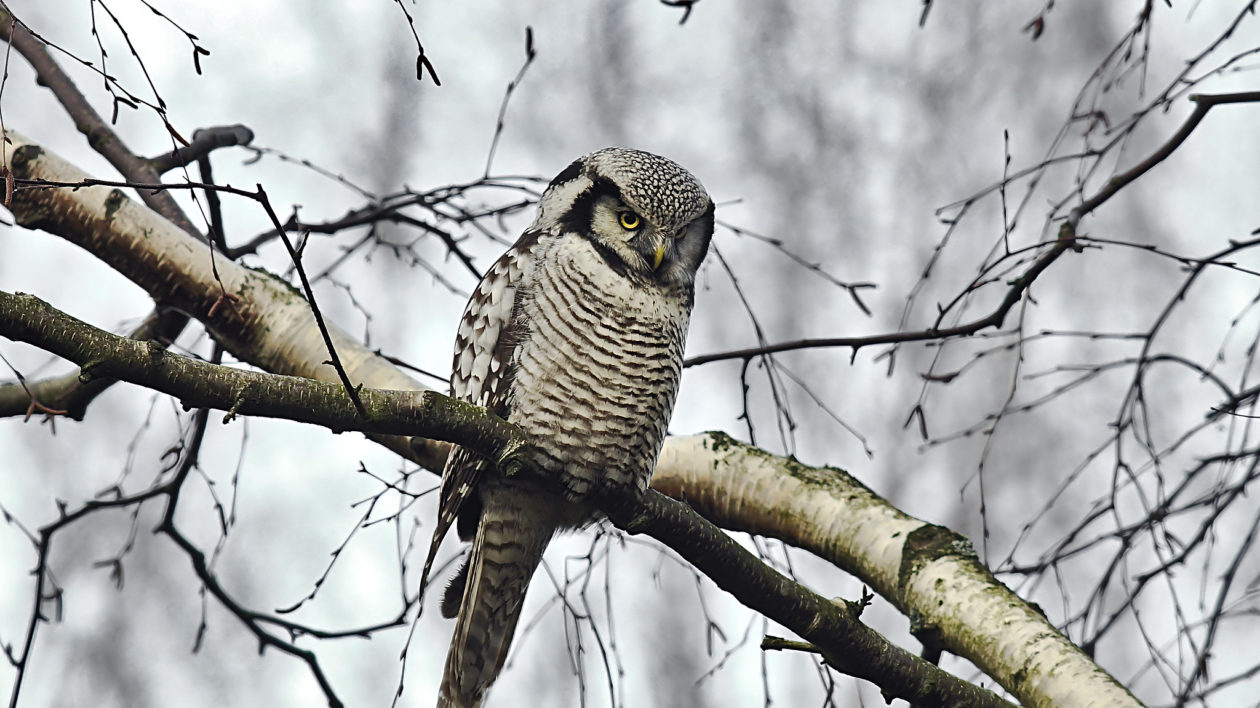
If you’re a lucky North American birder, you might catch a glimpse of a northern hawk-owl in winter. This owl species is found across the northern latitudes of North America and Eurasia, occasionally erupting southward in winter, much like the snowy owl. Northern hawk-owls are one of the only diurnal owl species, sometimes hunting small rodents and birds by day while other owls are fast asleep. Due to its remote habitat and low population density, scientists know comparatively little about the northern hawk-owl.
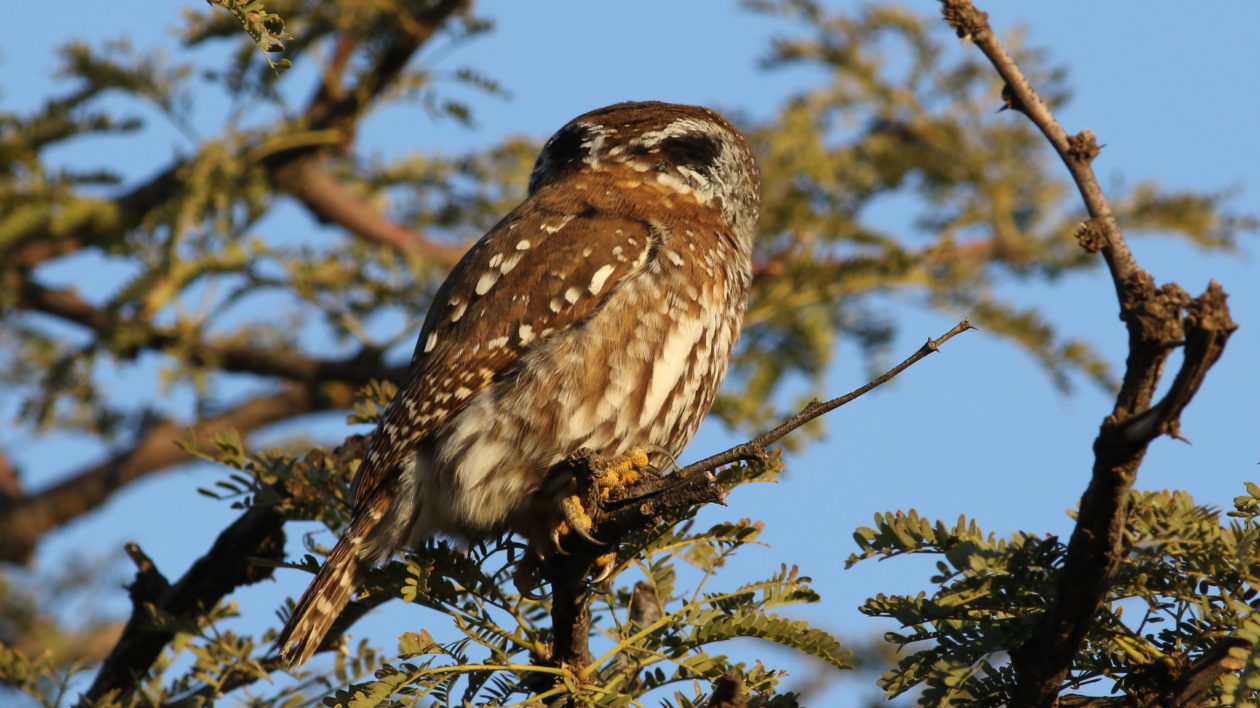
Africa’s pearl-spotted owlet wins the cool camouflage award. You might think they look rather ordinary, until you see the two dark, white-rimmed patches on the back of the bird’s head. These false eyespots mimic a pair of eyes, which scientists think both confuse prey as to which way the bird is looking, and also discourage predators from sneaking up on the owlet from behind. The species is found in wooded savanna in Sub-Saharan Africa, and it often hunts by day.
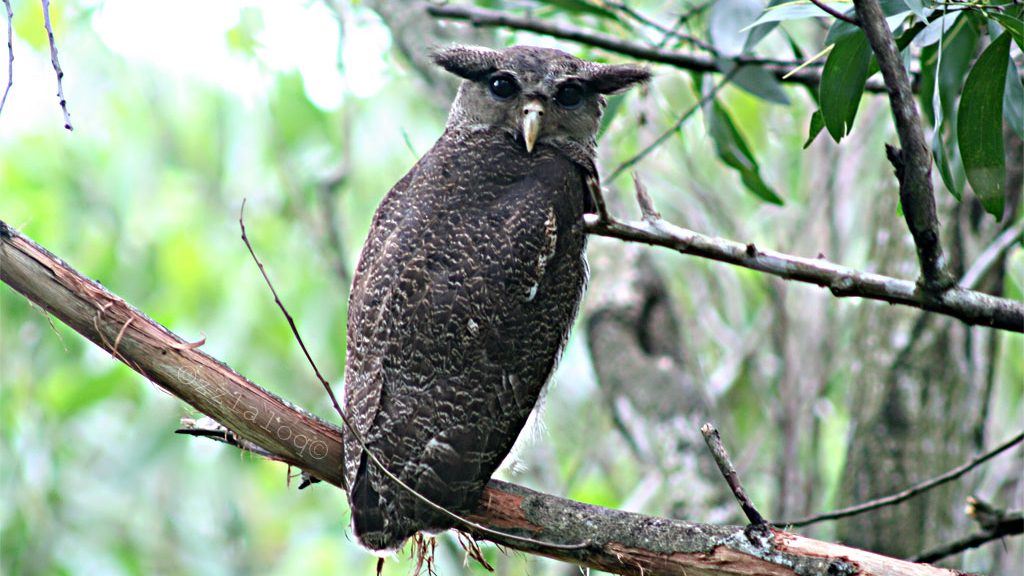
The barred eagle-owl has a rather arresting stare, with protruding black eyes, a yellow bill, and two horn-like tufts protruding horizontally from its head. (They remind me of a very grumpy, potentially menacing version of a Furbie toy.) Found in Malaysia, Sumatra, and Borneo, these large owls are thought to mate for life and be highly territorial, occupying the same area for years. They have a variety of calls, from hoots to what one birding guide describes as “strangulate noises.”

The Oriental bay-owl of Southeast Asia looks like it walked out of a horror film. Related to barn owls, it has a heart-shaped face with chestnut-colored vertical markings that run through its dark eyes. Relatively common, they feed on small rodents, bats, birds, lizards, frogs, and insects.
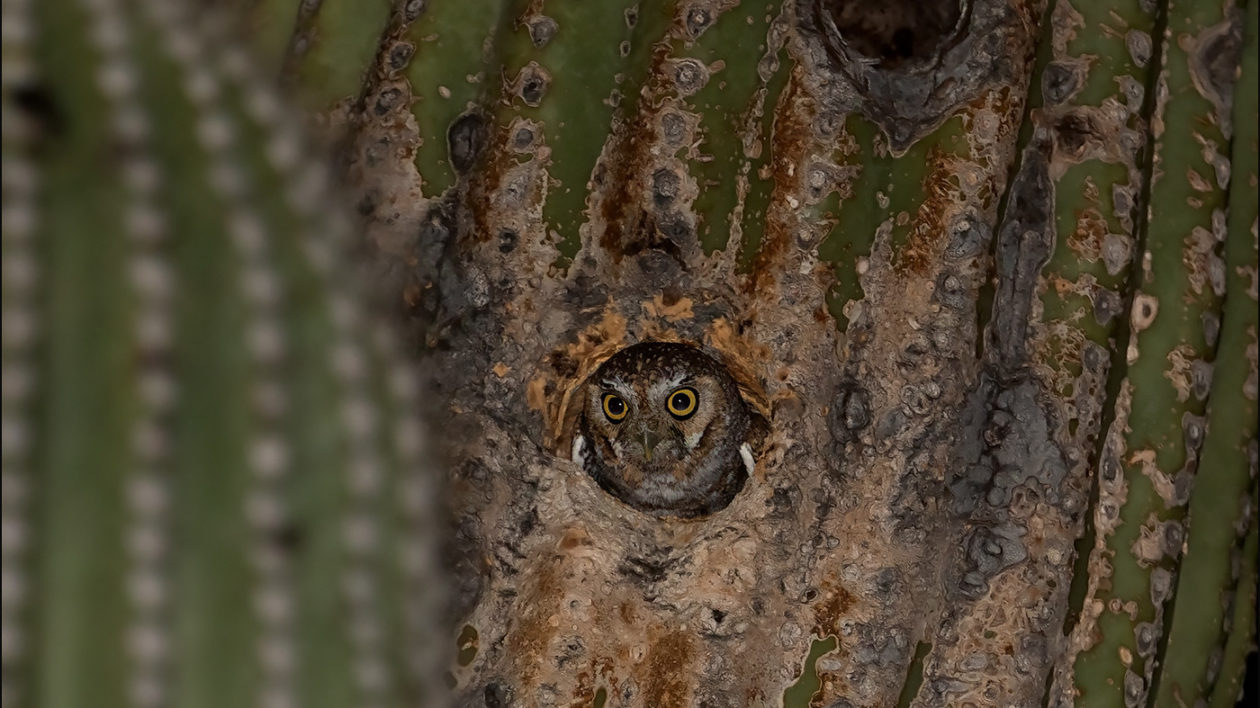
The world’s smallest owl, the elf owl, is only the size of a sparrow. The species is found in Mexico and in the US states along the Mexican border. Elf owls live in woodlands and deserts, where they often nest in woodpecker holes or natural cavities in trees or cacti. Elf owls feed on invertebrates and migrate to the southern parts of their range in the winter. (Two other tiny species, the Tamaulipas pygmy owl and the long-whiskered owlet, are about the same size as the elf owl, but weigh a bit more.)
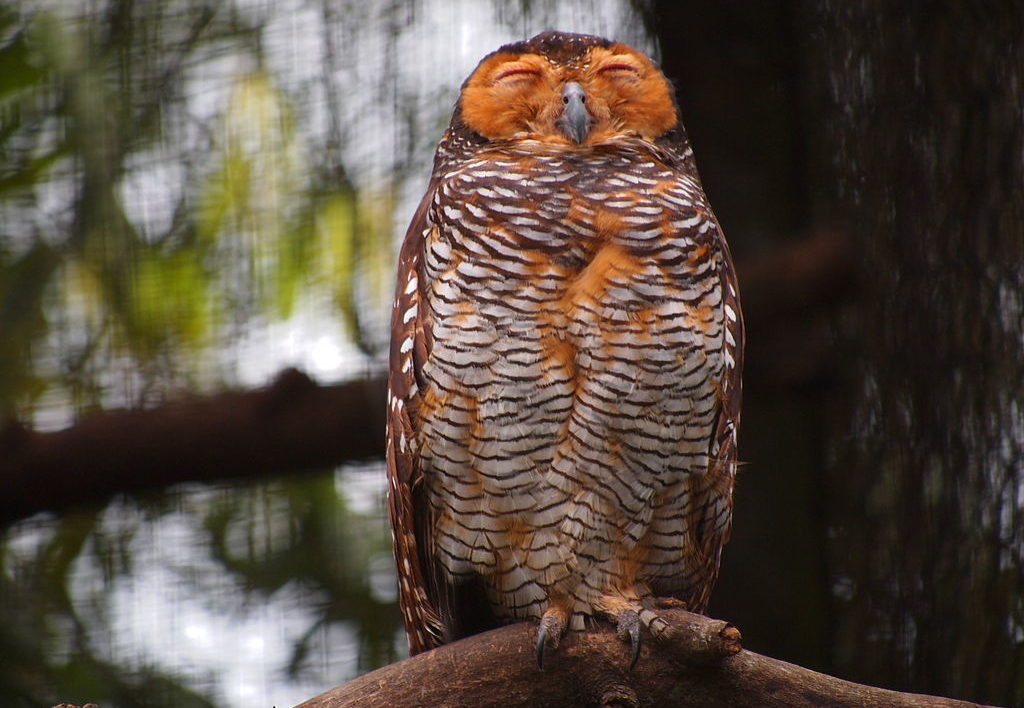
Spotted wood owls are one of the few owl species with such a distinctive orange facial disc. Their eyes are dark brown and their white chest and stomach are marked with thin, black bars. This Southeast Asian species favors open forest, plantations, and even parks near human settlement.
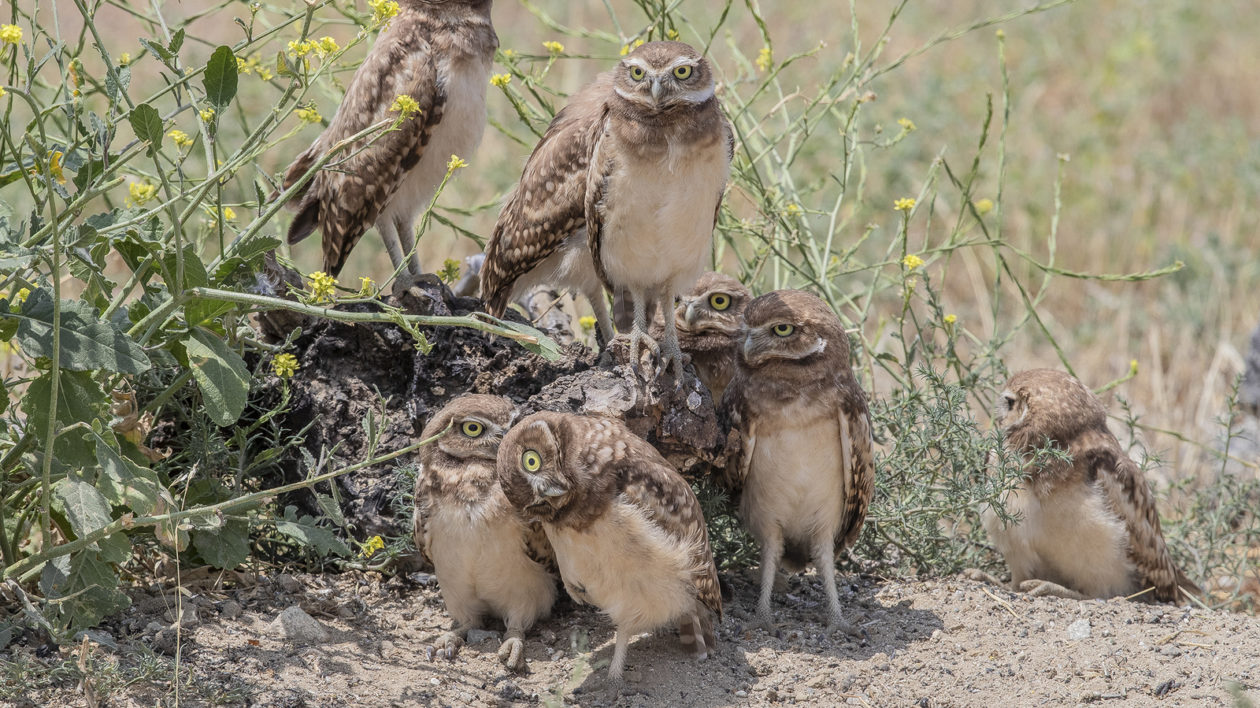
One of the world’s most unique owl species is close to home — the burrowing owl. These pint-sized owls are found in open habitats in North and South America. (In the US, you can see them in the western states and Florida.) Burrowing owls are diurnal, and they nest and take shelter in burrows dug by mammals, like prairie dogs, or tortoises. The owls will use their claws and beaks to enlarge burrows to suit their needs. They also don’t mind people, and are quite comfortable near human habitation, even nesting near airport runways or road medians.
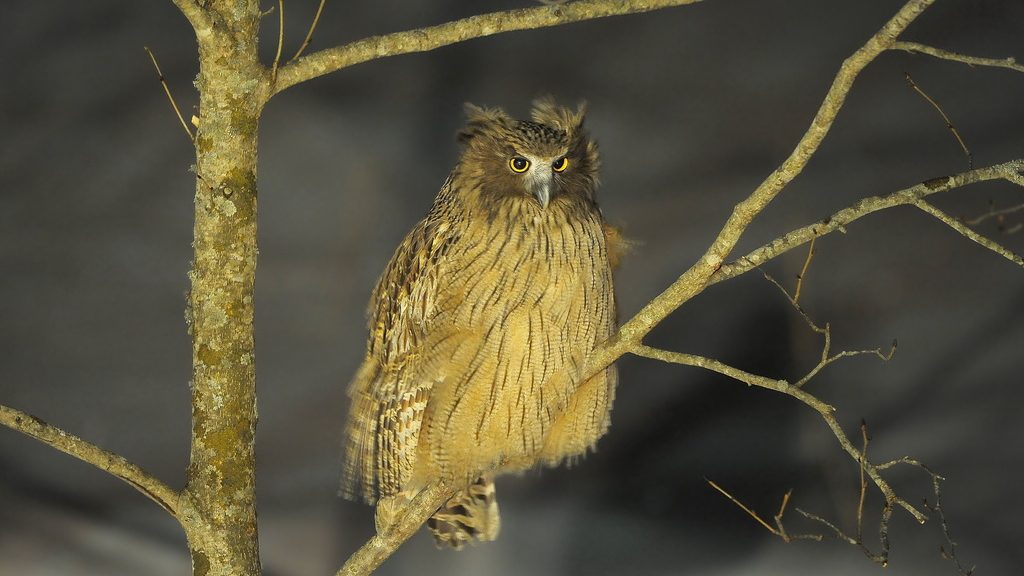
The endangered Blakiston’s fish-owl is the largest owl species on Earth. This bird is found in far eastern Russia, northeastern China, and northern Japan. (It’s also possible that they occur in North Korea, but the political situation has prevented scientists from surveying for the species.)
Blakiston’s fish owls have very specific habitat requirements, preferring boreal forests with old-growth trees that have cavities for suitable nesting. They also require nearby streams that don’t completely freeze over in winter, as fish are one of their primary food sources. They are strong enough to catch and kill salmon and trout two to three times their weight. The IUCN estimates that only 1,500 to 3,700 birds remain in the wild, and their habitat is threatened by logging and road development.
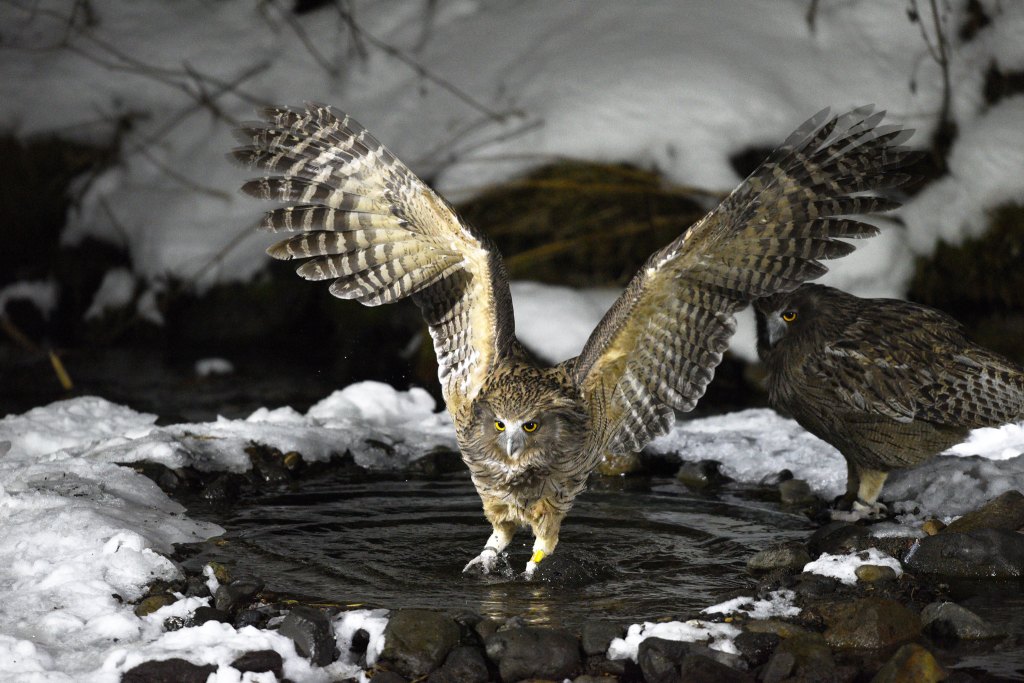



This was an interesting and amazing blog. Loved the photos and information about owls from many places around the world.l
Wonderful who knew there were so many different kind of Owls in the World
How about a in depth article on american bees thanks
You might be interested in this story on native bees: https://blog.nature.org/2019/08/19/focus-on-native-bees-not-honey-bees/
Loved the owls. Such varied creatures. This is one way to get to know something of some I can’t see in the flesh. Thanks.